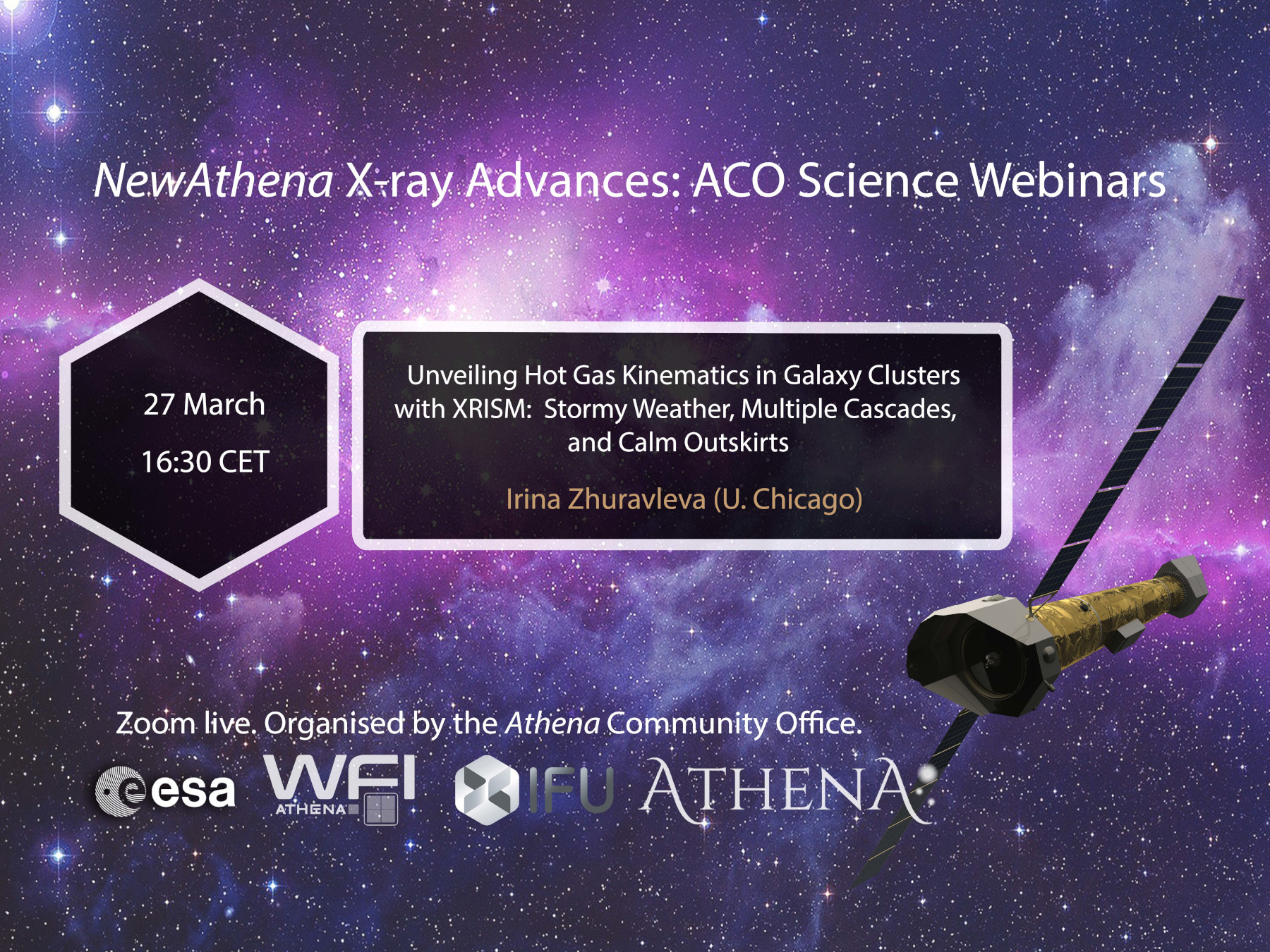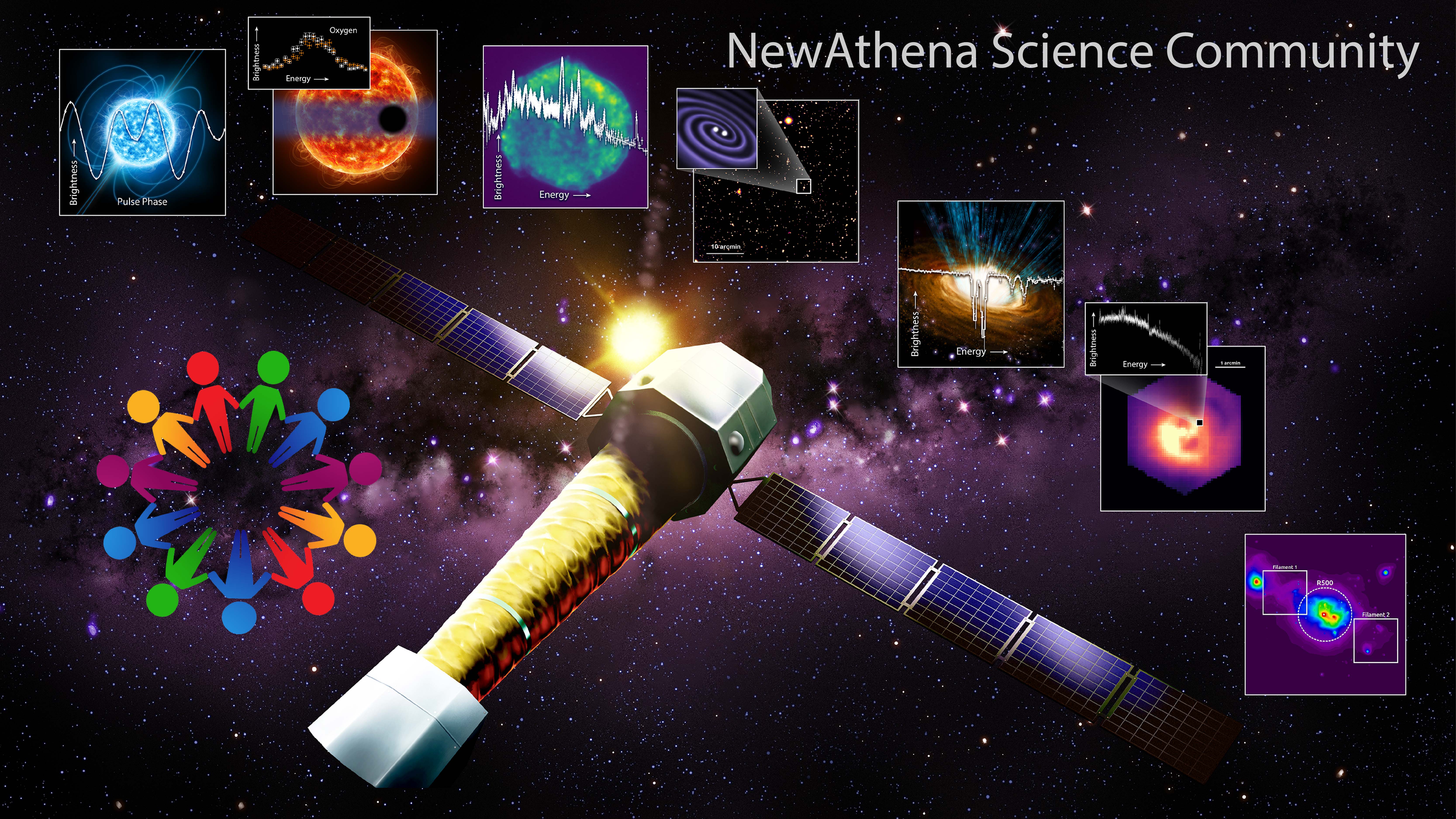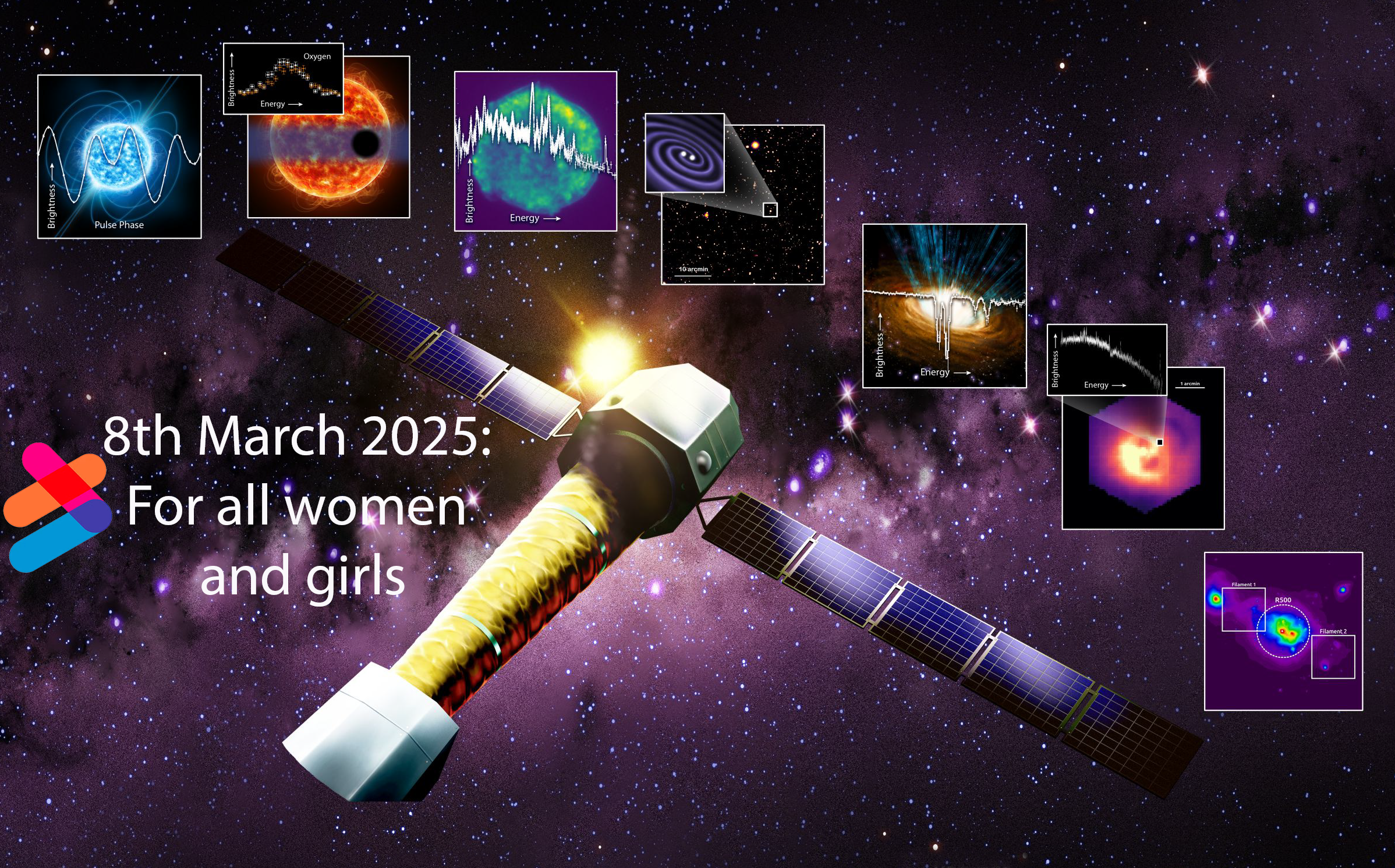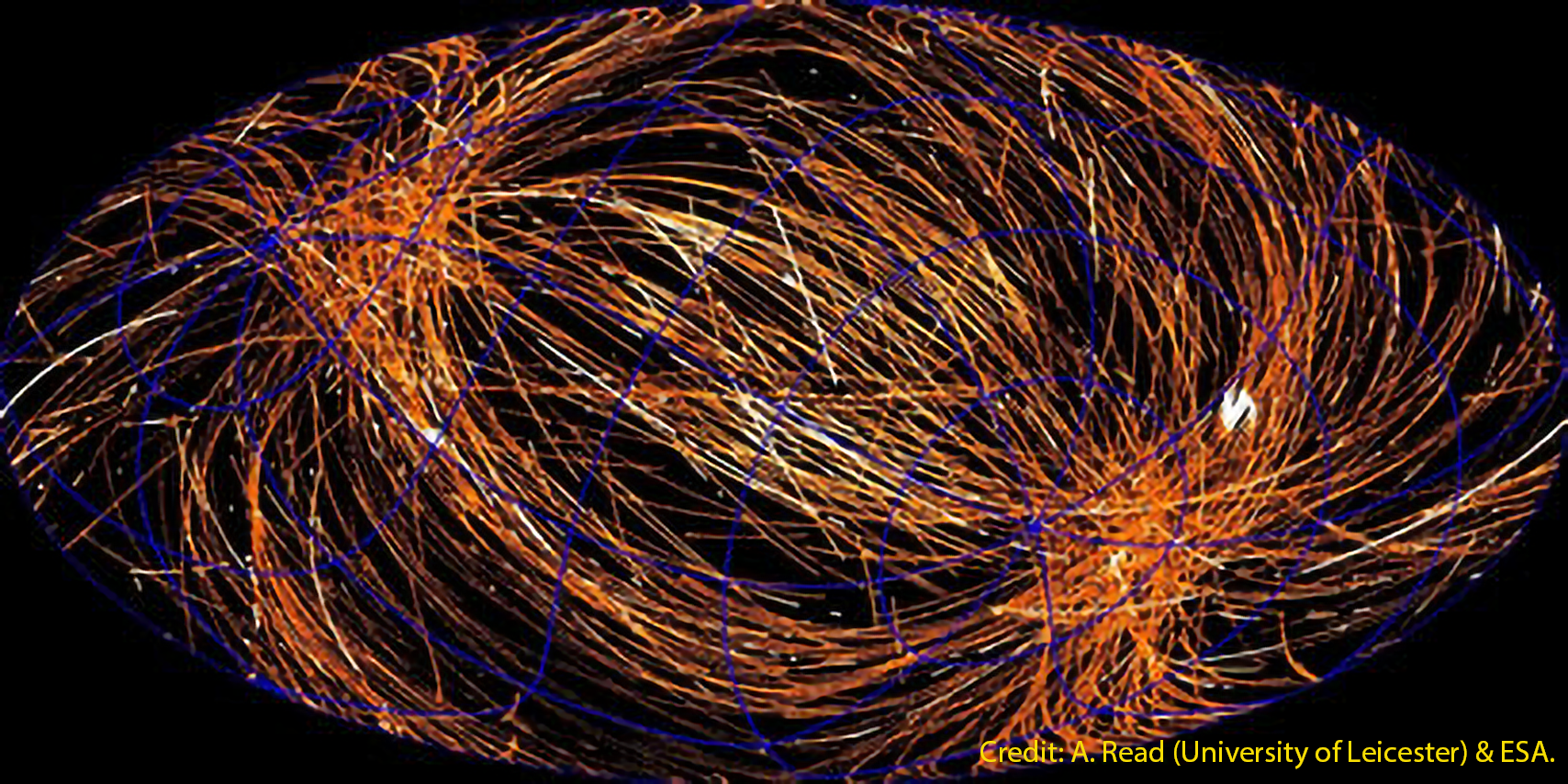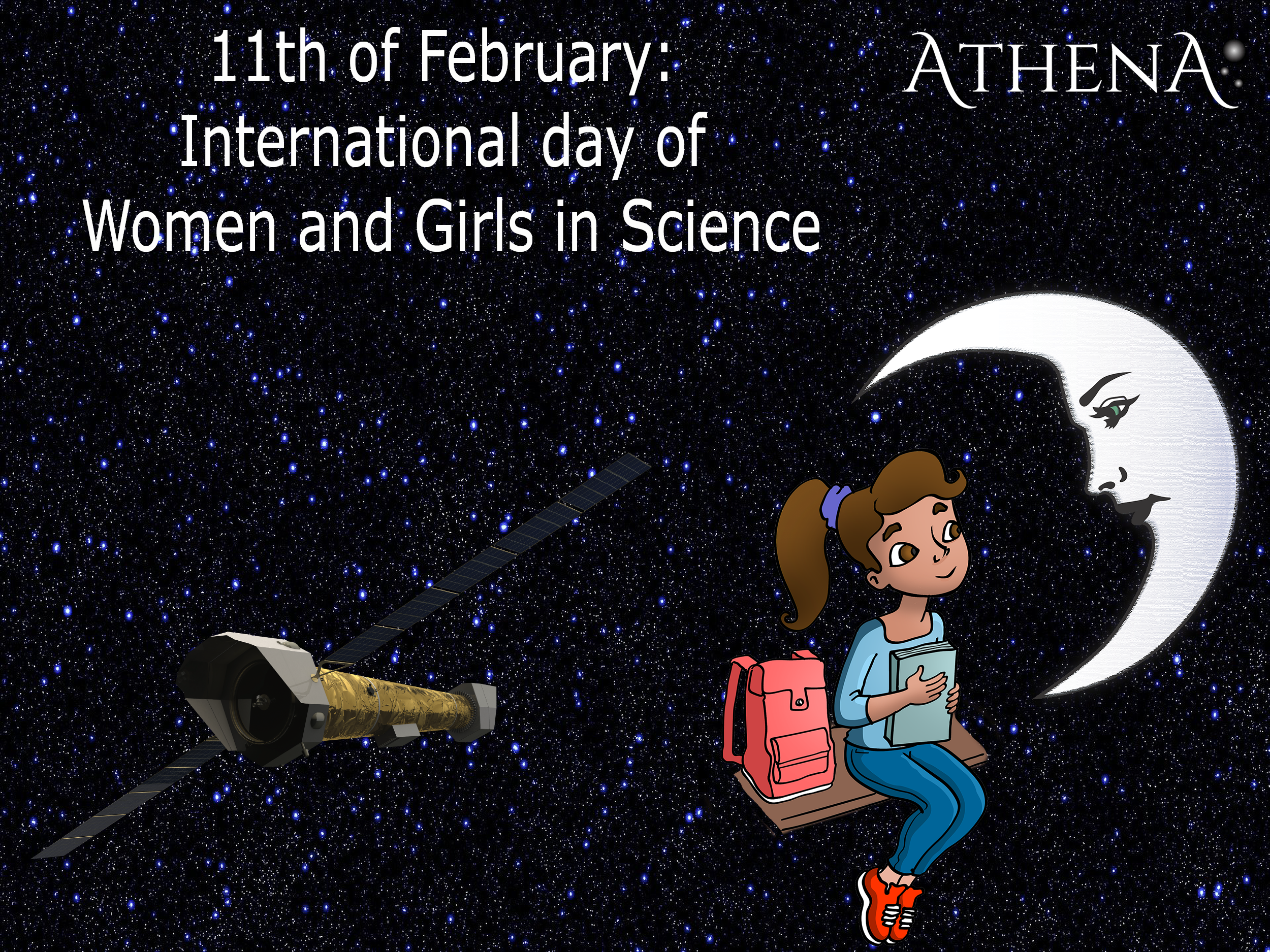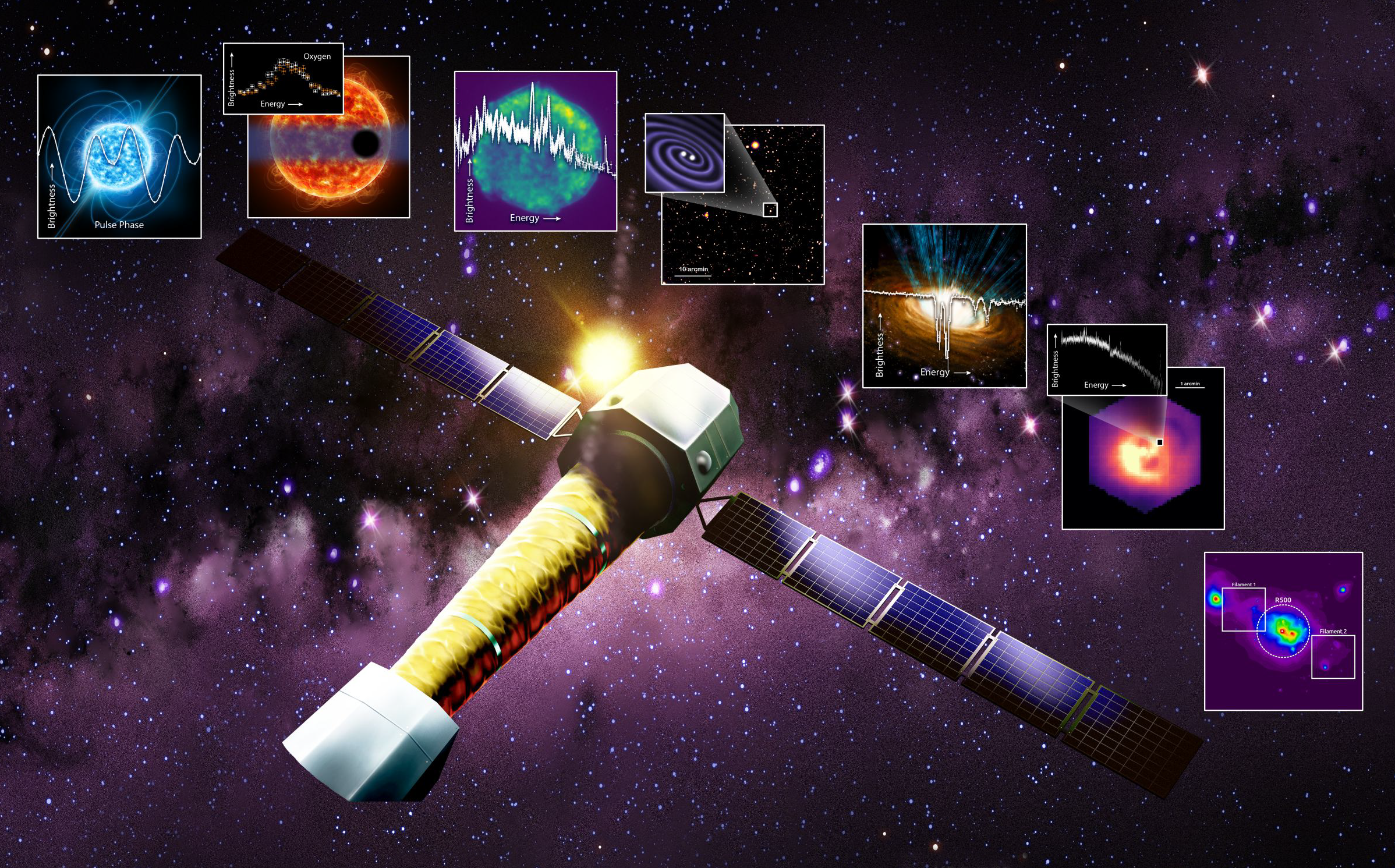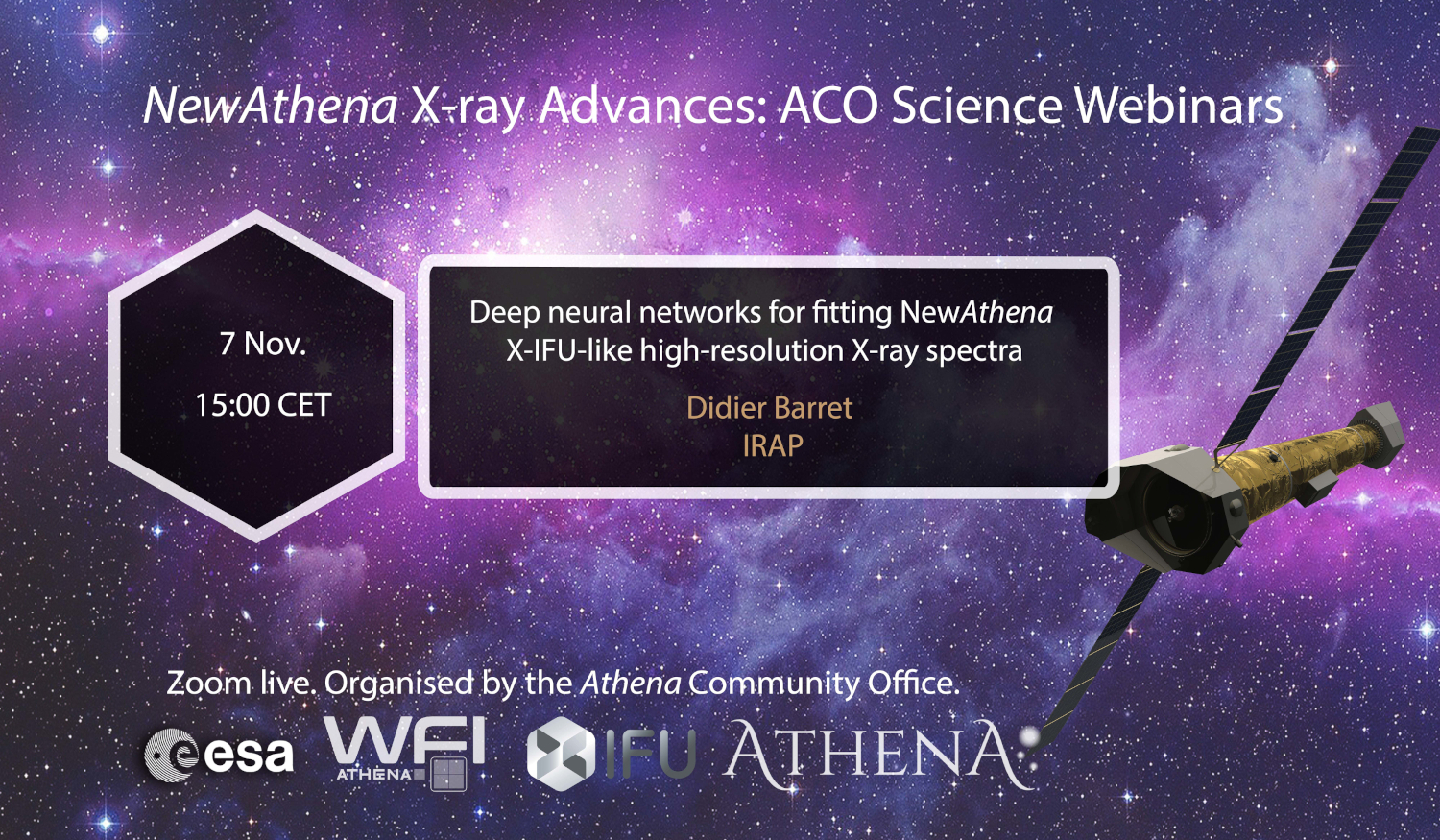
Summary of Scientific Synergies enabled by the SKA, CTA and Athena symposium (EWASS 2017)

On 26-27 June 2017, the symposium “Scientific Synergies enabled by the SKA, CTA and Athena” was held during the European Week of Astronomy and Space Science (EWASS) celebrated in Prague. The aim of this symposium was to discuss the scientific synergies among these three major astronomical facilities as well as with other world-class telescopes.
The symposium was divided into six different blocks, being the first two ones the most relevant for Athena. The first talk was a revision of the status of the Athena project and its science objectives by Matteo Guainazzi (Athena Study Scientist), which can be found in the Presentations section of this web portal. After it, Paolo Padovani presented a summary of the identified synergies collected in the Athena-ESO Synergy White Paper. Vincenzo Mainieri focused on the synergies between ESO multi-object spectrographs and Athena.
The second block mainly dealt with the scientific synergies between SKA and Athena with a general presentation by Rossella Cassano (chair of the SKA-Athena Synergy Team (SAST)) on the already identified synergies by the SAST. Several main science objectives of Athena were covered in this block such as accretion and ejection in AGN, cluster astrophysics, progenitor scenario of thermonuclear runaway SNe and the hidden population of GRBs.
In summary, and in words of Andrea Possenti (one of the scientific organisers), “the meeting was a great success, both in term of attendance and as far as the scientific outcomes. Various speakers highlighted the possibility of Athena, CTA and SKA to maximise their scientific return when acting in a synergetic way. Moreover, some new capabilities were presented, for instance in the studies of the supernova and the Sunyaev-Zel'dovich effect. All of that is extremely promising for the astrophysics of next decade!”
Latest News
